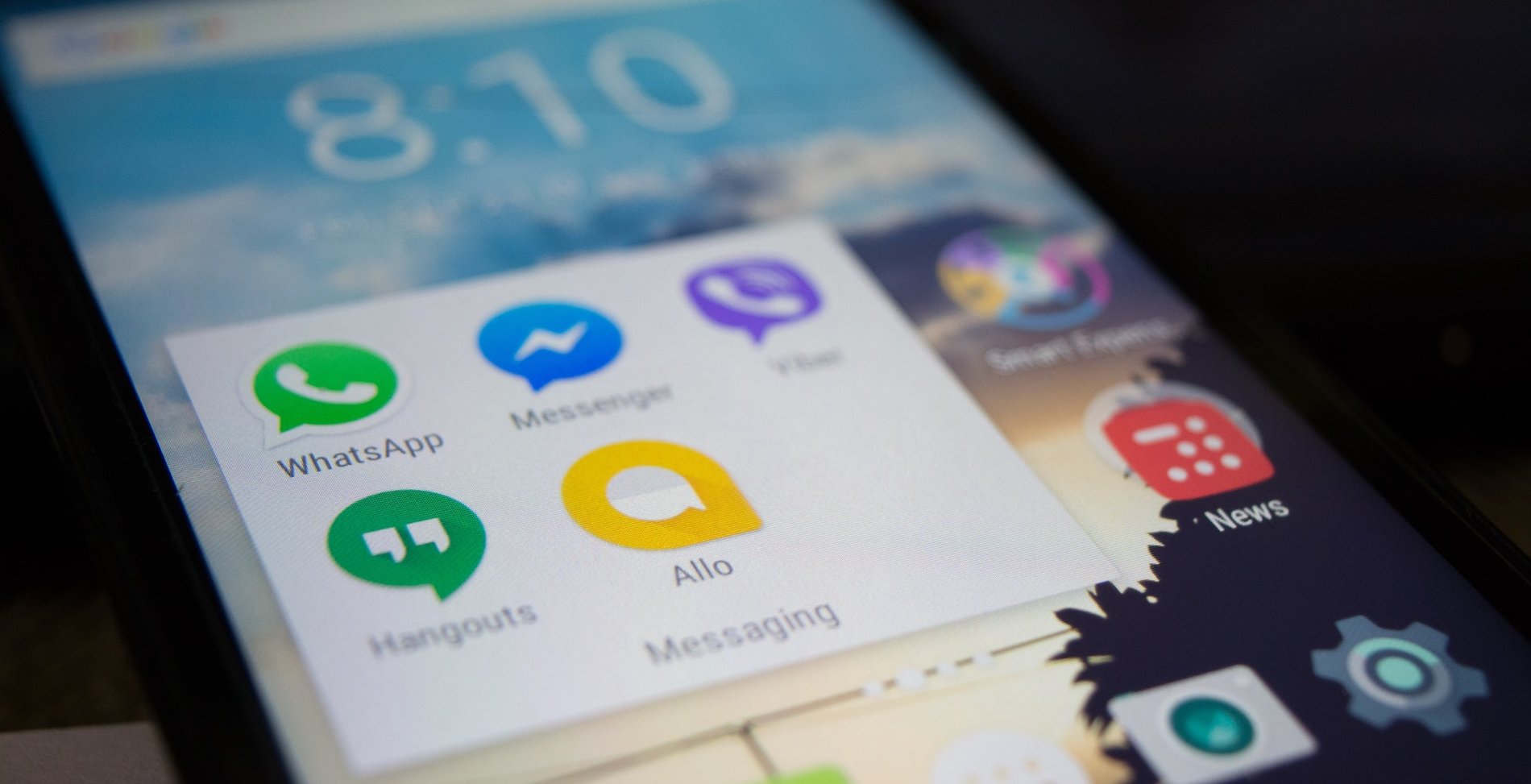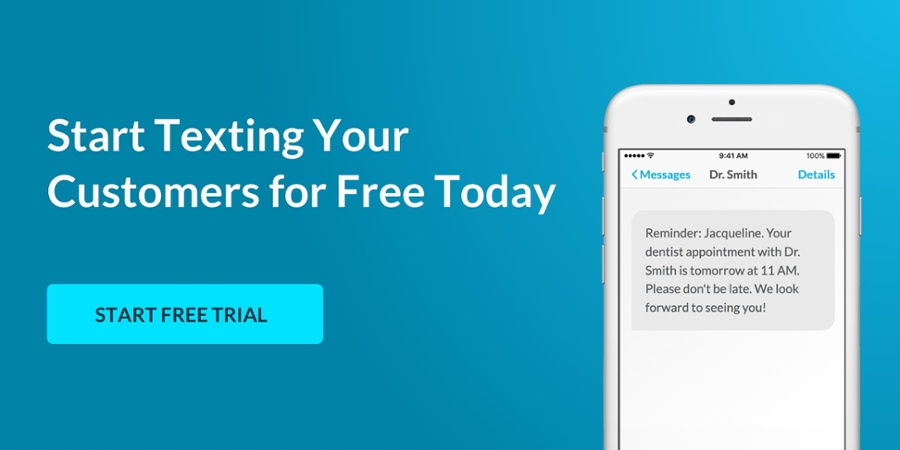Is texting the same as instant messaging? Both instant messaging and texting have exploded in popularity over the last decade. As a result, many people now use the terms “texting” and “instant messaging” interchangeably, referring to both as “texting.” However, some key distinctions exist between the two.
In this article, we’ll break down everything you need to know about the differences between texting and instant messaging and when to use each one for your text marketing campaigns.
What Is Texting?
Texting, or text messaging, sends short electronic messages between two or more mobile devices. It is a widely popular and essential mode of communication supported by all modern mobile networks and devices. With billions of mobile device owners worldwide, texting is an easy and helpful way of staying connected.
To start texting your customers, you only need their phone number, express written consent, and an active cellular network connection.
Read SMS Vs. Text: What Is the Difference?
Texting Stats at a Glance
- Over 7 billion people worldwide own mobile devices, the majority being smartphones.
- 88% of people primarily use their phones for texting.
- Approximately 41 million text messages are sent every minute.
- 60% of customers read texts within five minutes of receiving them, offering rapid communication and response.
- SMS (Short Messaging Service) and MMS (Multimedia Messaging Service) are both forms of texting. MMS allows the inclusion of images, videos, and other content.
What Is Messaging?
Instant messengers allow you to send real-time messages through a software application. Facebook Messenger, WhatsApp, WeChat and iMessage are third-party instant messaging apps that have steadily gained popularity.
Instant messaging applications are often called “over-the-top” (OTT) applications because they do not require a cellular network connection. However, to send and receive OTT messages, you need a device that connects to the internet, such as a smartphone, laptop, desktop or tablet.
Some instant messaging applications also allow users to make video and voice calls and share files. However, studies have shown that the average OTT app campaign loses 77% of its users in the first three days after installation.
-min%20(1)-min.jpg?width=1200&height=800&name=TXT-936-September%20Blog%20Optimization%20%231%20(1)-min%20(1)-min.jpg)
Texting vs. Messaging: What Should You Use for Your Business?
Texting and messaging are invaluable tools for businesses that want a fast, easy and cost-effective way to communicate with customers. But which one is better for marketing purposes? Let’s look at them side by side:
|
Texting |
Instant Messaging |
|
|
Delivery Method |
Messages can be sent and received on any cell phone, no matter the cellular carrier, eliminating the need for additional apps. |
OTT campaigns require users to download an app to function. The sender and recipient must use the same application to communicate. |
|
Devices |
Texting is native to each mobile device, so you only need a cell phone to send text messages. |
Instant Messaging (IM) works on various devices (desktop, laptop, tablet, smartphone), excluding non-internet cell phones. |
|
International Capabilities |
International messaging depends on your carrier plan and may involve additional costs. |
Instant messaging allows anyone with an internet connection to communicate with people worldwide. |
|
Speed |
Most people read texts within five minutes of receiving them, offering rapid communication. |
IMs require an internet connection, causing delays for customers without one. |
|
Number |
You can send bulk texts – from hundreds to thousands – simultaneously. |
You can only send messages one at a time, not in bulk. |
|
Message Type |
Texting supports SMS and MMS messages, allowing users to send text, photos, and videos. |
Supports a wide range of content, including text, photos, and videos. |
|
Cost |
Delivery fees may apply to those without unlimited data plans. |
Instant messaging is usually free after downloading OTT apps. |
|
Character Limits* |
Most texts are limited to 160 characters. |
Instant messages have virtually unlimited character counts. |
*Break through the 160-character limit! Send longer text messages with Textedly.
Start Texting Customers Today with Textedly
Texting is ideal for efficient and reliable customer outreach, providing cost-effective and rapid communication. Discover more ways to leverage texting for your business with Textedly's user-friendly, affordable SMS solutions, allowing you to start connecting with your customers promptly.
Are you interested in discovering more ways that texting can benefit your business?
Get started with Textedly's free trial (no credit card required) to kickstart your SMS marketing campaign.








.png)